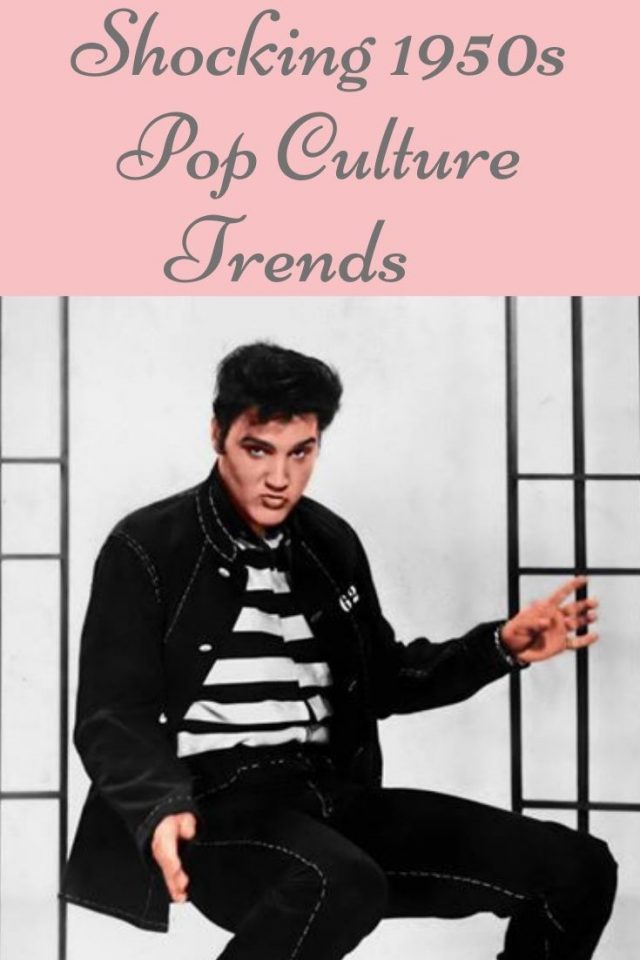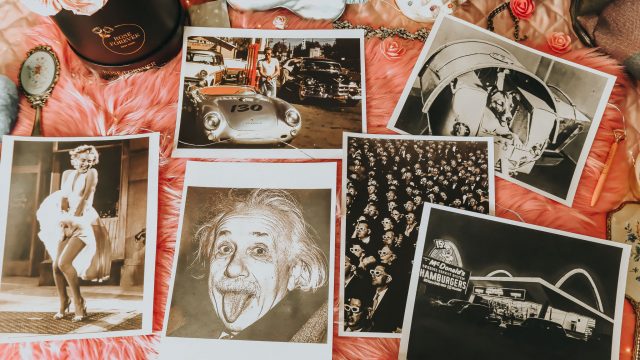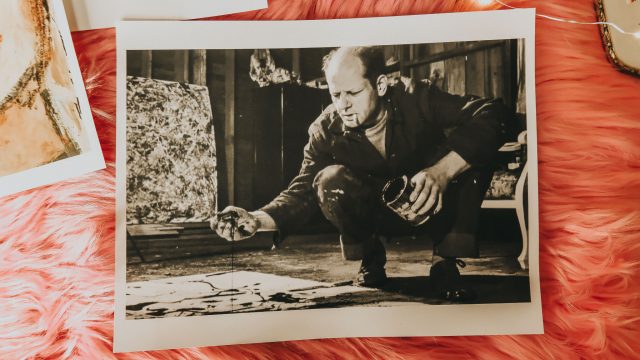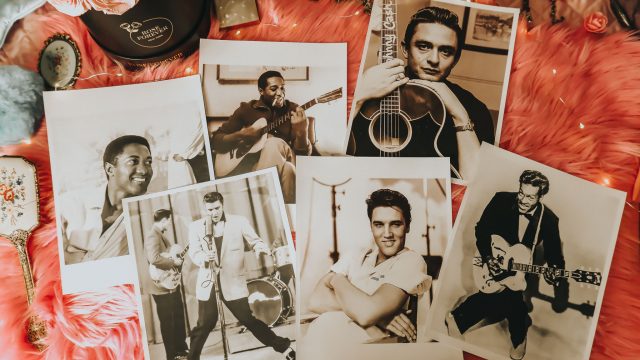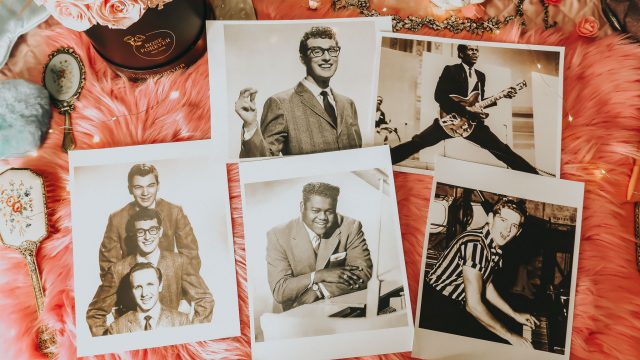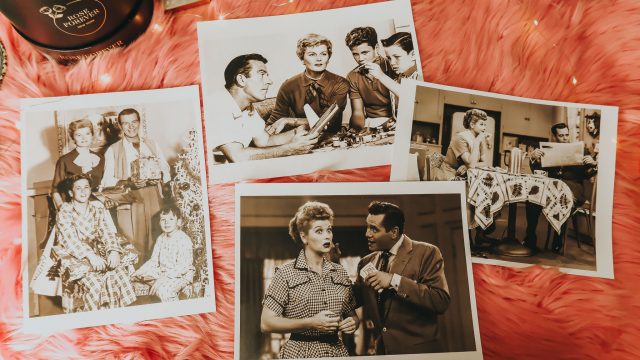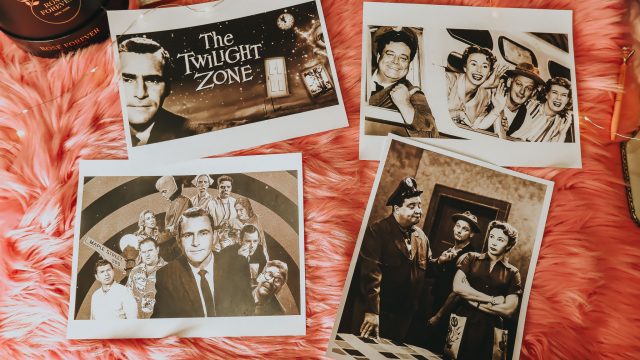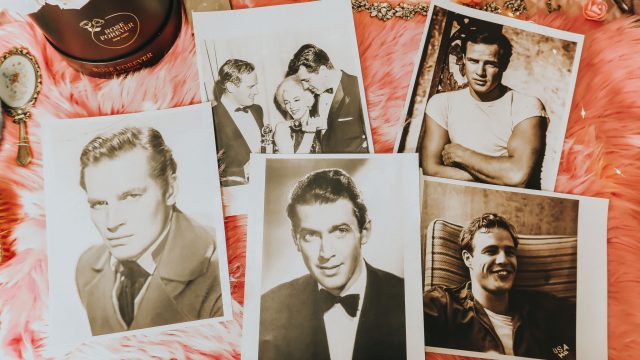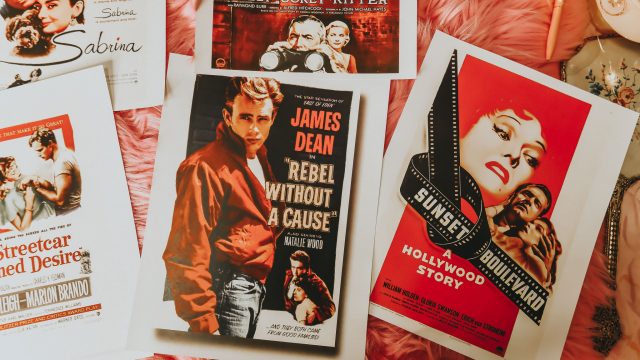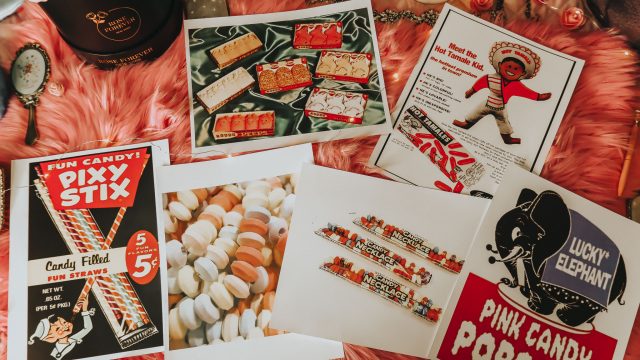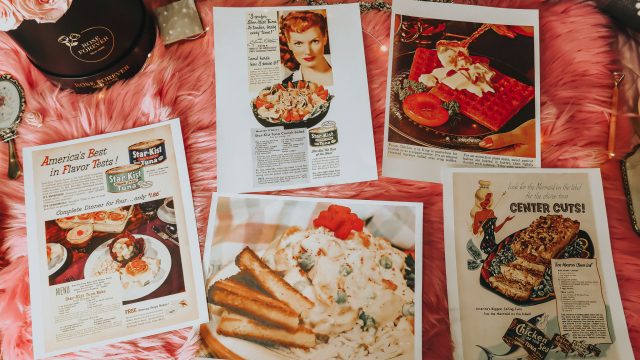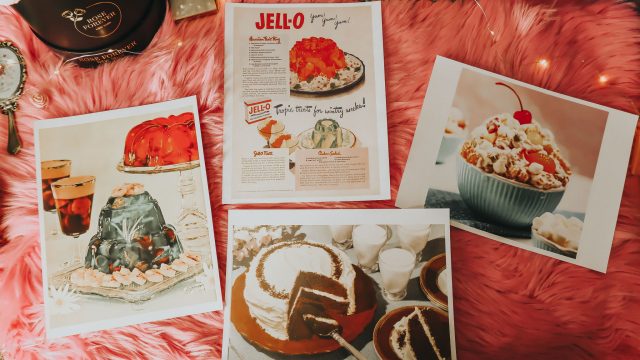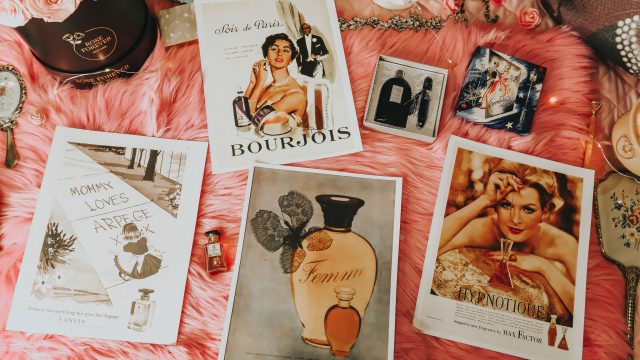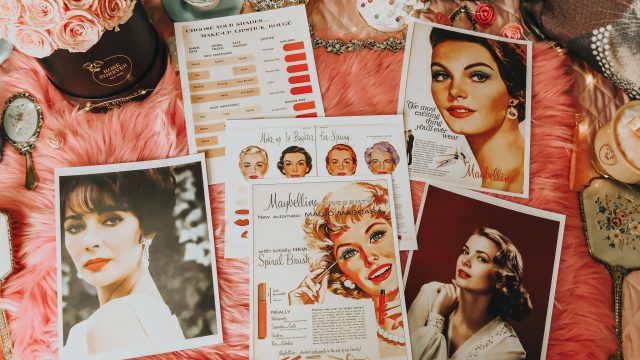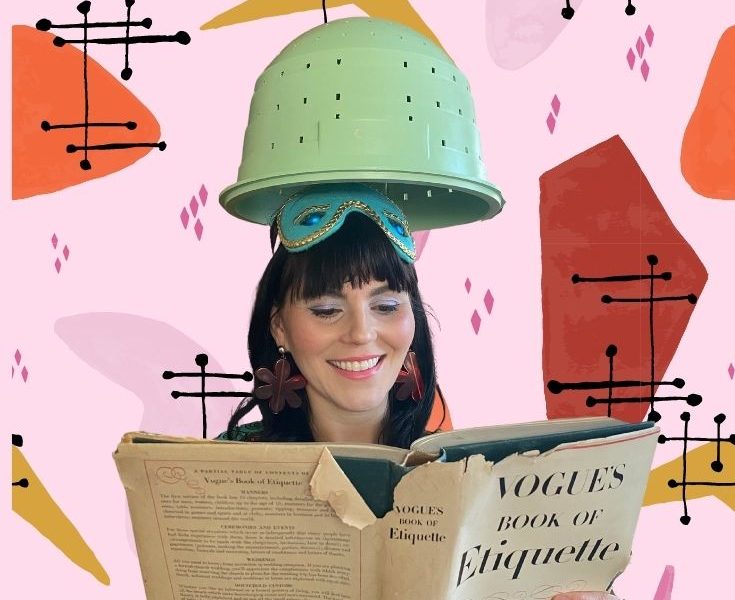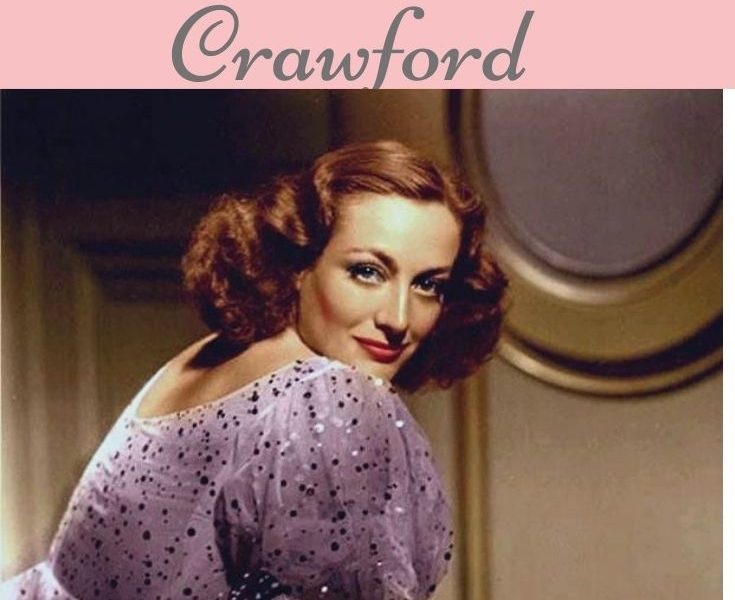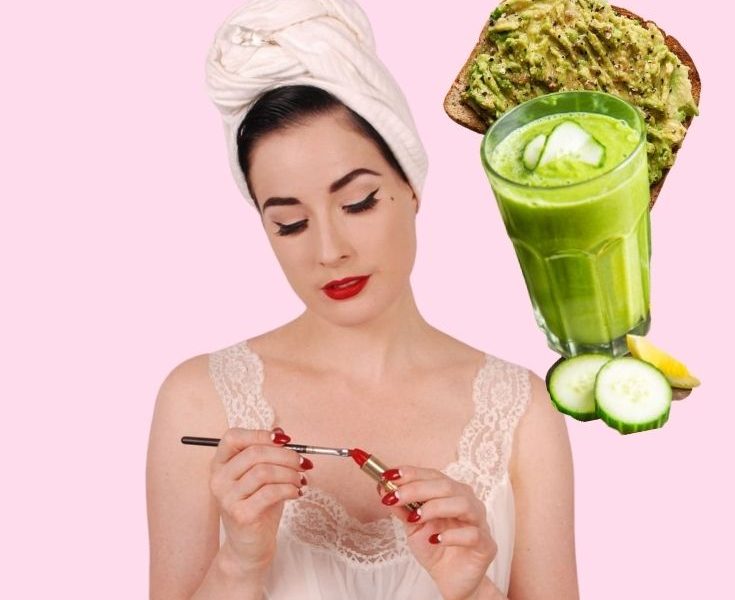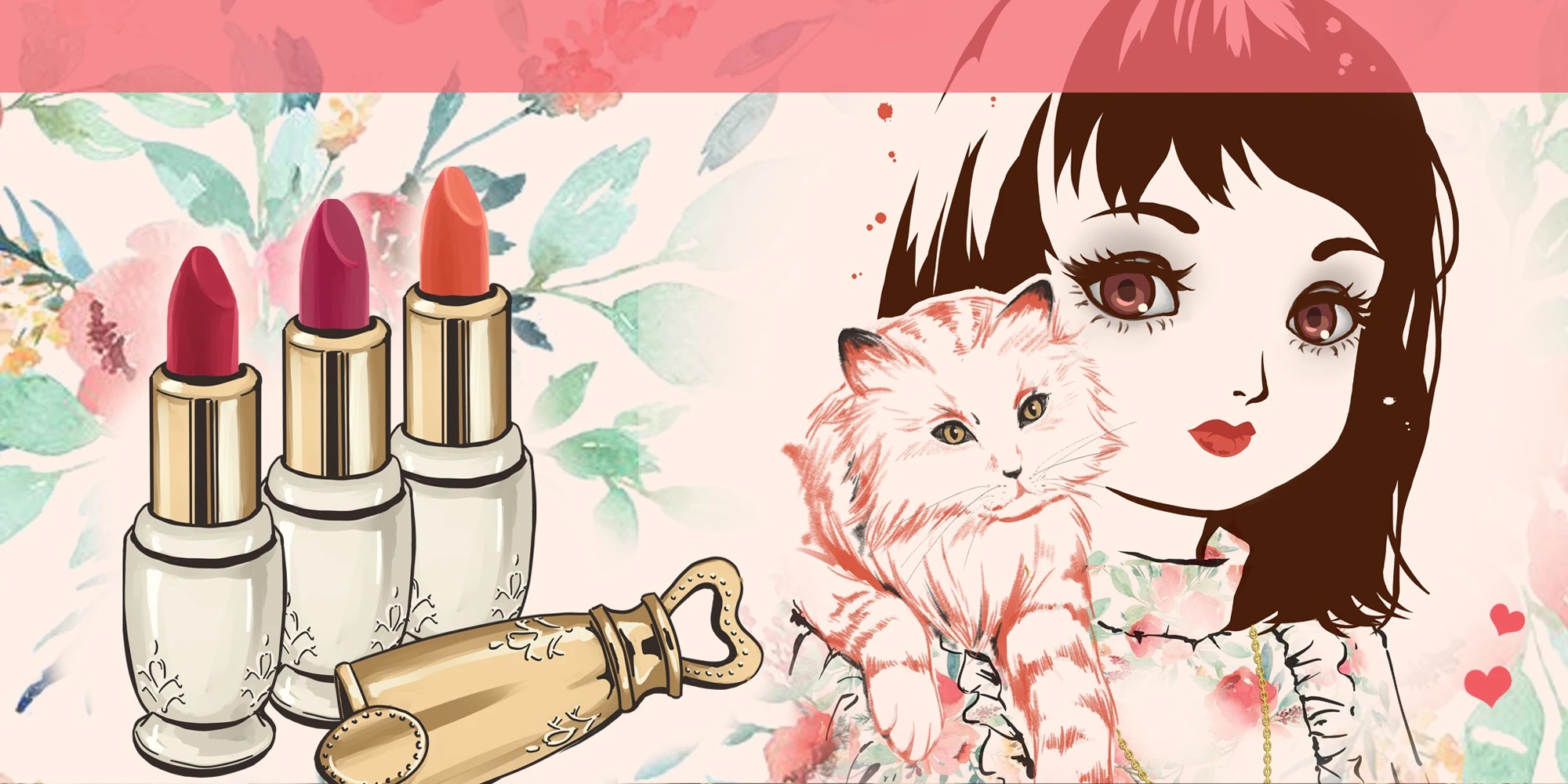Shocking Pop Culture Trends from the 1950s
The 1950s were a decade marked by the post-World War II boom, the dawn of the Cold War and the Civil Rights movement in the United States. “America at this moment,” said the former British Prime Minister Winston Churchill in 1945, “stands at the summit of the world.” During the 1950s, it was easy to see what Churchill meant. The United States was the world’s strongest military power. Its economy was booming, and the fruits of this prosperity–new cars, suburban houses and other consumer goods–were available to more people than ever before. However, the 1950s were also an era of great conflict.
The Postwar Booms
Historians use the word “boom” to describe many things about the 1950s: the booming economy, the prosperous suburbs and most of all, the so-called “baby boom.” This boom began in 1946 when a record number of babies–3.4 million–were born in the United States. About 4 million babies were born each year during the 1950s. In all, by the time the boom finally tapered off in 1964, there were almost 77 million “baby boomers.”
After World War II ended, many Americans were eager to have children because they were confident that the future held nothing but peace and prosperity. In many ways, they were right. Between 1945 and 1960, the gross national product more than doubled, growing from $200 billion to more than $500 billion, kicking off “the Golden Age of American Capitalism.” Much of this increase came from government spending: The construction of interstate highways and schools, the distribution of veterans’ benefits and most of all, the increase in military spending–on goods like airplanes and new technologies like computers–all contributed to the decade’s economic growth. Rates of unemployment and inflation were low, and wages were high. Middle-class people had more money to spend than ever–and, because the variety and availability of consumer goods expanded along with the economy, they also had more things to buy.
1950s Pop Culture
In the 1950s, televisions became something the average family could afford, and by 1950 4.4 million U.S. families had one in their home. Family-friendly shows marked the Golden Age of Television like I Love Lucy, The Honeymooners, The Twilight Zone, and Leave It To Beaver. In movie theatres, actors like John Wayne, James Stuart, Charlton Heston, Marlon Brando, Grace Kelly, Jerry Lewis, Dean Martin, Elizabeth Taylor and Marilyn Monroe dominated the box office. The Abstract Expressionism of Jackson Pollock and Willem de Kooning signalled a new age in art, paving the way for the Pop Art of artists like Andy Warhol in the 1960s.
1950s Music
Elvis Presley. Sam Cooke. Chuck Berry. Fats Domino. Buddy Holly. The 1950s saw the emergence of Rock’ n’ Roll, and the new sound swept the nation. It helped inspire rockabilly music from Jerry Lee Lewis and Johnny Cash. People swayed to The Platters and The Drifters. Music marketing changed, too: For the first time, Music began to target youth.
1950s movies
Rear Window (1954)
A Wheelchair-bound photographer spies on his neighbours from his apartment window and becomes convinced one of them has committed murder.
Director: Alfred Hitchcock | Stars: James Stewart, Grace Kelly
Some Like It Hot (1959)
After two male musicians witness a mob hit, they flee the state in an all-female band disguised as women, but further complications set in.
Director: Billy Wilder | Stars: Marilyn Monroe, Tony Curtis, Jack Lemmon,
Sunset Boulevard (1950)
A screenwriter develops a dangerous relationship with a faded film star determined to make a triumphant return.
Director: Billy Wilder | Stars: William Holden, Gloria Swanson, Erich von
A Streetcar Named Desire (1951)
Disturbed, Blanche DuBois moves in with her sister in New Orleans and is tormented by her brutish brother-in-law while her reality crumbles around her.
Director: Elia Kazan | Stars: Vivien Leigh, Marlon Brando,
Rebel Without a Cause (1955)
A rebellious young man with a troubled past comes to a new town, finding friends and enemies.
Sabrina (1954)
A playboy becomes interested in his family’s chauffeur’s daughter, but it’s his more serious brother who would be the better man for her.
Director: Billy Wilder | Stars: Humphrey Bogart, Audrey Hepburn,
1950s Candy
Pixy Stix Candy
A unique and flavoursome powdered, retro candy inside of a straw-like shape. They were invented in 1952 in St.Lois, Missouri. Sunline Incorporated initially made it. This old fashioned Candy started as a mix for drinks and went by the name of Frutola. When the maker of “Frutola” discovered that people were eating the powder instead of mixing it with water, they decided to market this yummy powder as a candy.
Pixy Stix Candy
Marshmellow peeps
This brightly coloured, luscious Marshmallow Peeps are most often associated with Easter, but let’s face it, Peeps retro candy with all their delicious and sweet squishiness is “always in season.” These retro candies came along in 1953 and are made by Just Born. Believe it or not, these cute little marshmallow chicks were once made by hand until Just Born started mass producing them.
Hot Tamales Candy
These spicy and sweet retro candies came out in 1950. The Hot Tamales Candy is a red, oblong-shaped candy with a chewy texture. These spicy morsels pack a punch of flavour with the intense taste of aromatic cinnamon. Hot Tamales are 68 years old but have never lost their “hot” appeal.
.Lucky Elephant Pink Candy Popcorn
Are you feeling lucky? I bet you are if you’ve ever eaten this retro Candy! This delicious, pink, candied Popcorn is a retro Canadian Candy that started in the early 1950s. Delightful and pink, Lucky Elephant Pink Candy Popcorn has been adored for generations.
Candy Necklaces
These sweet retro candies came out in 1958—a novel and fun candy that has adorned little girls for generations.
1950s foods
Gelatin Molds
No special occasion was complete without something served in a gelatin mould. According to the Jell-O Gallery, the lime flavour was introduced in 1930. It became the basis for many moulds in the ’50s and ’60s, showcasing a cook’s creativity. These might include cottage cheese, crushed pineapple, oranges, nuts, celery, sour cream, or even vinegar, grated cucumber, and onion, topped with shrimp. Um, we don’t want seconds
Tuna Noodle Casserole
Much-maligned because it doesn’t take much skill (other than using a can opener), this dish was a staple of the 1950s and 1960s dinner table. It contains canned tuna, canned mushroom soup, and various seasonings that ranged from curry powder to grated American cheese.
Pineapple Upside Down Cake
This sunny cake with its slices of pineapple dotted with cherries has been around a long, long time. An upside-down pineapple cake won the first Dole recipe contest in 1926. By the 1950s and 1960s, the cake was at the peak of its popularity, perhaps because of the ease of using boxed cake mixes, which were increasingly available in the post-WWII years,
Chicken a la King
This dish contained chunks of chicken and veggies in a cream sauce (often canned cream of mushroom soup, naturally!) served over biscuits, rice or pilaf. It was first served in the early 20th century, but it reached its heyday in the ’50s
Ambrosia
What doesn’t kid from the ’50s or ’60s remember? This “salad” includes oranges and coconut, and sometimes maraschino cherries, bananas, pineapple, and marshmallows? Gelatin and whipped toppings were often added, too.
Meatloaf
Everybody’s mom had a different recipe, but chances are, it was on your table at least once a week. According to Bon Appetit, meatloaf became a staple during the Great Depression when meat was pricey. But growing up in the ’50s and ’60s, it was a simple, cheap way to feed the family, then have leftovers for sandwiches the next day. Whether you like yours slathered with ketchup or not, meatloaf retains its status as an American classic, even if you haven’t made it in years.
Frozen Dinners
What do you do with 260 extra tons of leftover turkey? Flash-freeze it and stick it in tiny aluminum trays. According to Smithsonian Magazine, when the Swanson company had an overage of turkey after Thanksgiving in 1953, they came up with the idea to package it as part of a re-heatable meal. Coupled with the country’s new fascination with television, these dinners — aka “TV dinners” — quickly became a hit for busy families (though siblings everywhere bickered over who was getting the Salisbury steak).
Wacky Cake
Dating back to the late 1940s, this cake has been a part of cookbooks ever since, says Byrn’s American Cake. What makes it wacky? No eggs, butter, or milk are used, and everything’s dumped into the pan and mixed. The cake grew in popularity because the inexpensive ingredients were in any pantry in the ’50s and ’60s, so it was easy to whip it up for last-minute guests.
1950s Perfumes
Popular Perfumes In The 1950s
- Femme de Rochas was a rich, sultry perfume aimed at the femme fatale created in 1944.
- Arpege by Lanvin is a romantic floral perfume created in 1927 but became particularly popular during the 1950s.
- Max Factor’s Hypnotique were popular and affordable for the masses compared to the fragrances by the big fashion houses.
- Soir de Paris by Bourjois was a popular fragrance amongst teenagers during the 1950s. It was discontinued in 1969 but relaunched in 1992
The Key Makeup Looks of the 1950s
The 1950s was a glamorous decade. Creams foundations and shadows were the in thing. It was the era of the ‘mask effect.’ A thick creamy application of foundation and flesh coloured powders to set. Eyebrows still a natural look but more tapered and feminine. Rouges were less emphasized than in the 1940s. If there was a colour to define the 1950’s – it has to be pink—pink hues in shadows and reddish-pink lipsticks.
In the 1950s, women perfectly matched their lipstick and eyeshadow to their clothing, accessories, and home decor. In the 1950s, powder and foundation were a shade darker than the natural skin tone and had a pinkish hue. Blush was a light pink colour to compliment the pink skin tone. Eyeliner was done along the top eyelid in a cat-eye and usually had matching cake mascara. Popular lipstick products in the 1950s were red, pinks, coral, and orange tints in a matte finish. One shade is lighter for day wear and darker for the evening.
1950s Fashion
In 1947, Christian Dior turned 1940s fashion upside down with his “New Look.” The New Look was big and bold and utterly feminine. Dress skirts were full, and busts were padded to accentuate a small waist. The look was inspired by the Victorian era but made shorter and sexier while still being modest. Most women were encouraged to fulfill their roles as wife, mother, and homemaker and be beautiful. Her appearance was linked to her husband’s success, causing a big boom in the clothing industry as women spent more time shopping for the latest fashions.
There are two classic dress shapes of the 1950s. Today’s most popular style is the full-skirted, tea-length dress, often called a ’50s swing dress. The other very classy look was the form-fitting sheath dress, often called a pencil or wiggle dress today. Both styles had modest, snug-fitting tops with narrow high waistlines, shin-length or tea-length skirts. Both types were worn by women equally, although the sheath dress was too impractical to wear as a house dress.

